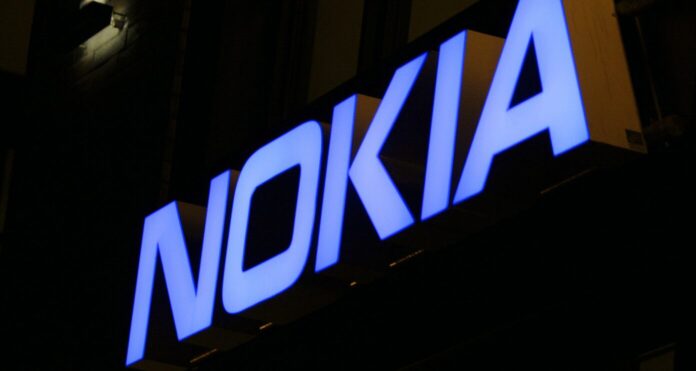Nokia-led 5G-MoNArch focused on 5G for vertical markets including automotive, healthcare and media
Network slicing, seen as a key 5G enabler, partitions a single physical layer into multiple virtual networks. With this technology, operators can essentially provide optimal support for any type of application on a network-as-a-service basis. Whether it’s a internet of things smart meter sending small, intermittent transmissions or a mission critical service like remote industrial control requiring high capacity and low latency, a bespoke network slice would be automatically created to fit the exact needs–nothing more, nothing less; this enhances operational efficiencies and speeds time-too-market.
To help drive the development of network slicing, 5G-PPP (the 5G Infrastructure Public Private Partnership) launched 5G MoNArch (5G Mobile Network Architecture) research project. MoNArch comprises telecom industry, academic and industrial partners working on a two-year timeline to work on five objectives:
- “Detailed specification and extension of 5G architecture;”
- Incorporation of “inter-slice control and cross-domain management, experiment-driven modeling and optimization, native cloud-enabled protocol stack;
- “Functional innovations for the key technologies required for the identified use cases;”
- “Deployment and experimental implementation of the architecture” in sea port and tourist city use cases;
- And “evaluation, validation and verification of the architecture performance.”
Nokia is serving as coordinator for MoNArch, which also includes Universidad Cárlos III de Madrid, Deutsche Telekom, ATOS Spain, CEA-LETI, CERTH/ITI, Hamburg Port Authority, Huawei Technologies, Mobics Telecommunication and Consulting Services, Nokia Bell Labs France, Nomor Research, Real Wireless, Samsung Electronics, Telecom Italia and Technische Universität Kaiserslautern.
MoNArch builds on 5GPPP’s Phase I research dubbed 5G-Novel Radio Multiservice adaptive network Architecture (5G-NORMA).
Peter Merz of Nokia Bell Labs said group members “follow a shared architecture of what next-generation communications infrastructure needs to look like to enable and meet the network demands of the next decade. 5G communication needs both private and public entities to invest in the infrastructure and ensure Europe remains competitive.”
5G-PPP was started by the European Union Commission in partnership with a range of telecom, industrial and academic partners.

